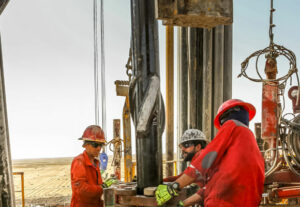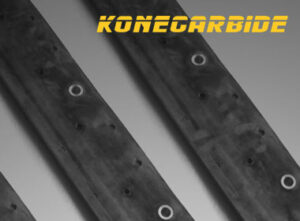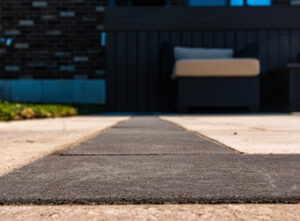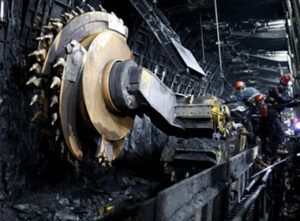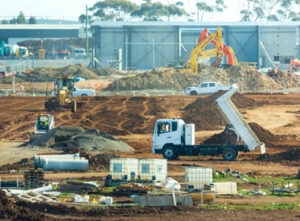Hardfacing is a technique used to improve the durability and lifespan of metal surfaces subjected to harsh conditions, like abrasion, erosion, impact, or high temperatures in various industries. PTA hardfacing, short for Plasma Transferred Arc hardfacing, is one type of hardfacing method, using a plasma arc to weld and deposit a wear-resistant hardfacing consumable onto the surface of the substrate metal. By creating this protective layer, PTA hardfacing can greatly increase the service life of the metal components. Today, let’s take a closer look at this versatile hardfacing method.
What is Plasma Transfer Arc (PTA) hardfacing?
Plasma Transfer Arc (PTA) hardfacing or hardface welding is a popular welding method that uses a plasma arc as the heat source to melt and deposit hardfacing material onto the surface of the base material. The process involves using a consumable made of the desired hardfacing material, which is fed into a plasma arc generated between the consumable and the workpiece.
The temperature of the PTA hardfacing process can reach 23,000°F. During this process, the weld penetration is deeper, and the heat-affected area is smaller, resulting in faster welding speed and high-precision coatings. This method protects the substrate material from deformation and significantly increases the durability of the components subject to wear, corrosion, abrasion, and thermal shock.
Applications of PTA hardfacing
PTA hardfacing is frequently applied in various industries, such as oil and gas, mining, and agriculture, to name a few. Components that operate in harsh environments need PTA hardfacing, including oil drill bits, pumps, nozzles, etc. Utilizing this method greatly improves their lifespan, resulting in less downtime.
Why choose PTA hardfacing?
PTA hardfacing offers several advantages over other hardfacing methods such as gas tungsten arc welding (GTAW).
- The process allows for precise control of the heat input, resulting in minimal distortion and heat-affected zone.
- It also provides excellent metallurgical bonding between the hardfacing material and the base metal, ensuring superior adhesion and durability.
- Since thicker and tougher build-up can be generated through this method, PTA hardfacing creates better abrasion resistance than the thermal spray method.
- Using PTA hardfacing is much more economical than purchasing new components.
PTA hardfacing materials
The choice of hardfacing material depends on the specific application requirements, usually including tungsten carbide, chromium carbide, nickel-based alloys, cobalt-based alloys, and stainless steels. KoneCarbide manufactures premium PTA powder for hardfacing from high-grade WC powder and Nickel-based matrix. If you’re looking for a reliable PTA powder supplier, contact us today!
We also supply laser cladding powders for hardfacing.


